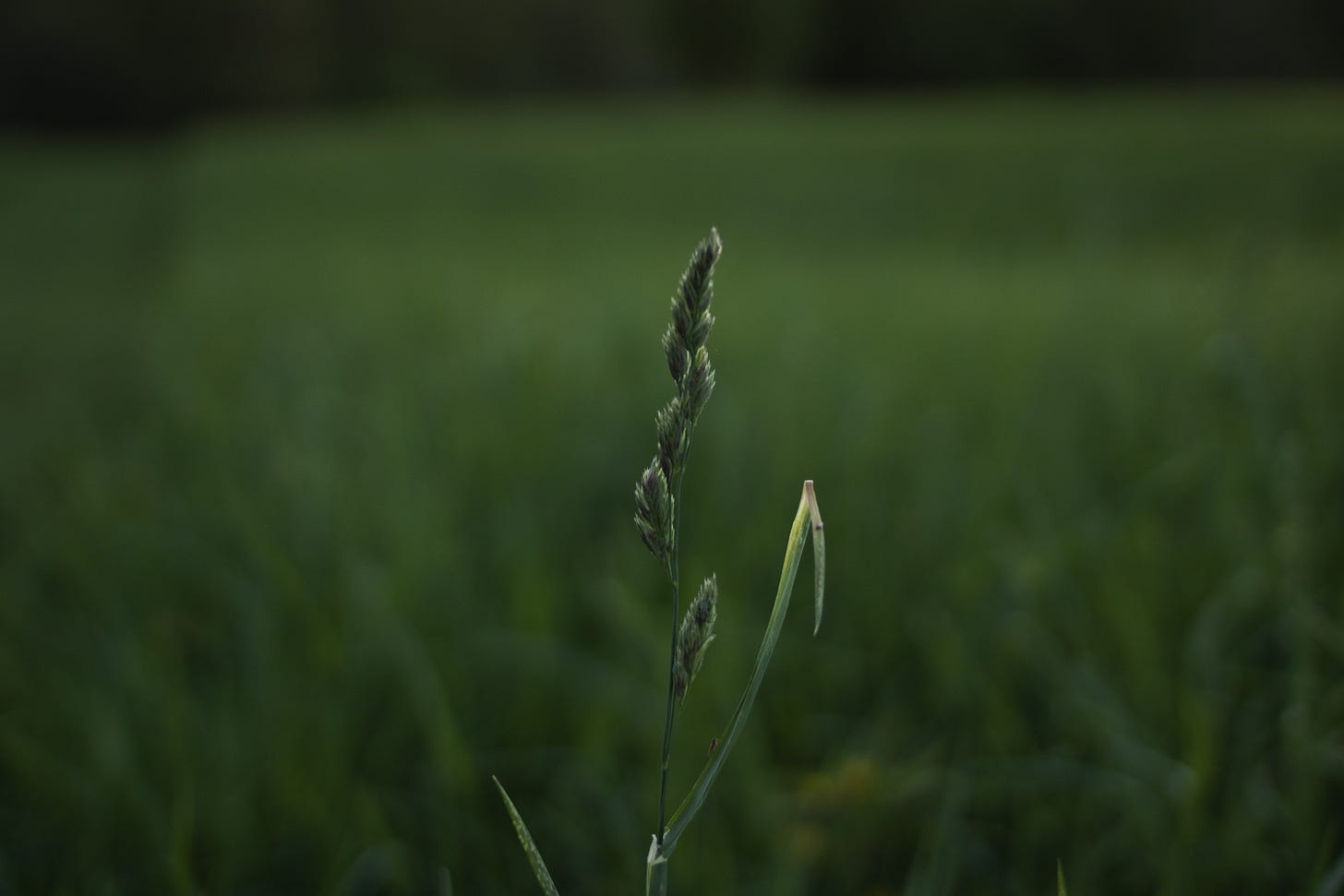The Eco-Update #9
Dispatches from the planet
North American Bird Species Are In Decline
A new study published in Science found that 75% of North American bird species are in decline. The study takes advantage of participatory (non-scientist) data from the popular birding app, eBird, to estimate population changes at a high resolution across the continent.
A troubling finding is that most bird species are declining in areas where they are found in high abundance. This means that many areas where we would expect these species to be doing well are the areas where they are, in fact, doing the worst.
Scientists have identified several different potential causes for the decline. One of the major contributing factors is habitat loss. Agricultural expansion, coastal land loss, and rising temperatures in the Arctic are reducing the amount of habitat for bird species.
The researchers also found isolated populations of most species that were growing, potentially highlighting conservation priorities. Of course, the Trump administration is rolling back many of the environmental regulations that protect these species. Which, even if you don't consider bird species to be important, their presence indicates a functioning ecosystem that humans also rely on, meaning that their decline is absolutely cause for concern.
The Trump administration stopped the scientists who were working on the National Climate Assessment
The Trump administration has dismissed nearly 400 scientists who were set to author the sixth edition of the National Climate Assessment, due out in 2027. This report is the primary source of climate change information in the US.
The information in the report is extremely valuable to many decision makers. City planners, farmers, and legislators all use the report to inform their work. Previous reports were available online and even allowed people to locate their communities on a map to get localized reports.
Localized information is vital to mitigating the impacts of climate change because, as the report authors point out, things like sea-level rise, drought, and wildfire won't have the same effects everywhere.
Ultimately, the Trump administration's attacks on climate change science are going to cost the US billions of dollars, and likely millions of lives. We are increasingly at risk from climate-change-induced disasters. As we head into what will probably be another record-breaking summer for high temperatures, and a record-breaking hurricane season, it's the worst possible time to be wasting energy on those who refuse to accept the science of climate change.
There’s a war on information. Those who have wealth and power don’t want you to know the truth. Consider becoming a paid subscriber to Brief Ecology, to support the kind of science, writing, and journalism they don’t want you to see.
A new satellite to measure forest biomass
It's not all bad news, and I'm excited about this one. At the end of April, the European Space Agency launched a new satellite into orbit, with the specific purpose of measuring forest biomass and carbon. The satellite, which they appropriately named "Biomass" will provide crucial data on the planet's global carbon cycle.
Biomass carries a new kind of radar that will allow the satellite to reach below the forest canopy and collect data on tree stems and branches. This is important because the woody portions of trees is where most of the carbon is stored.
Forests play a large role in the global carbon cycle, removing over 30% of all CO2 emissions from the atmosphere annually
But, as I've written about before, climate change and capitalism are both threatening the planet's forests and their ability to deliver this ecosystem service. The Biomass satellite will provide scientists with crucial data about how carbon uptake is changing in forests across the world.




What are they doing now?